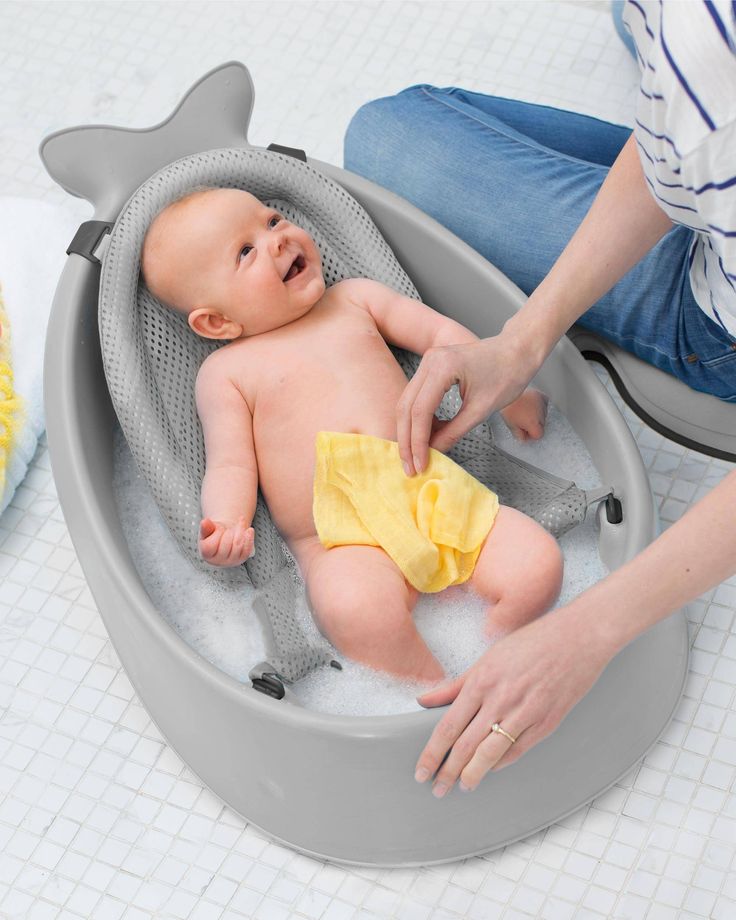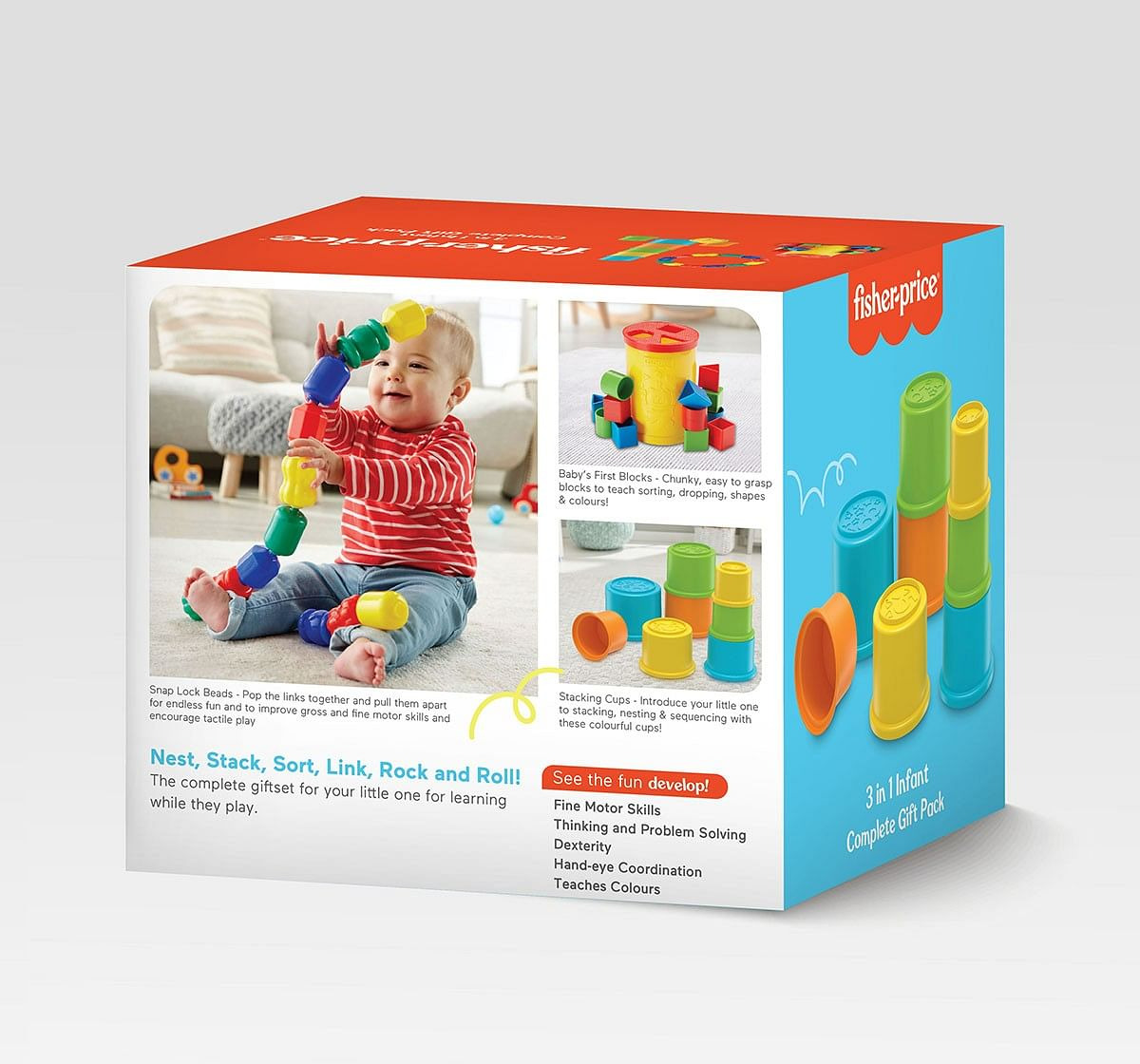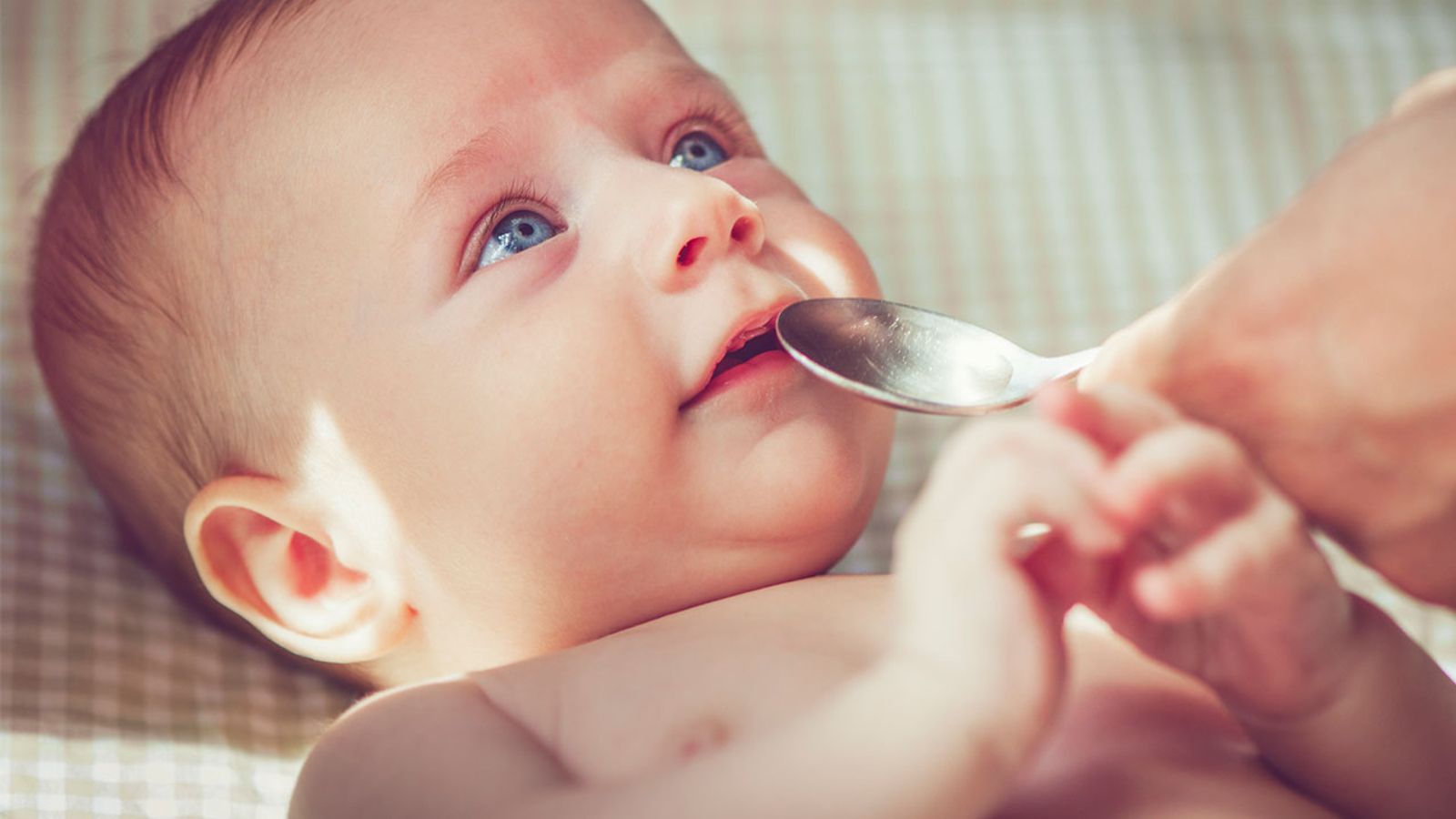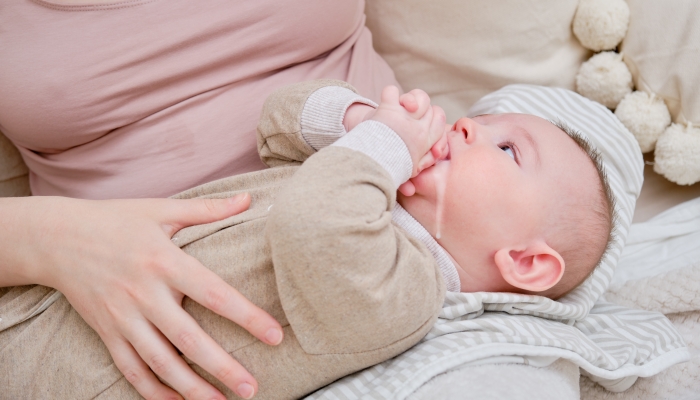What is baby bathing?
Baby bathing is the process of cleaning a baby’s body with water and soap. It is important to keep babies clean and healthy to prevent infections.
To bathe a baby:
- Fill a bath tub or sink with warm water.
- Undress your baby and wrap them in a towel.
- Gently lower your baby into the water, supporting their head and neck.
- Use a washcloth to wash your baby’s face, ears, neck, and body. Be careful not to get water in their eyes.
- If your baby has hair, wash it with mild baby shampoo. Be sure to rinse the shampoo out thoroughly.
- Gently lift your baby out of the water and wrap them in a towel.
- Pat your baby dry, paying special attention to the folds of their skin.
- Dress your baby in clean clothes.
Baby bathing can be a fun and bonding experience for you and your baby.
best baby bathing products for sensitive skin
Here is a longer and more comprehensive list of the best baby bathing products for sensitive skin, with additional information and tips:
- Aveeno Baby Daily Moisture Wash & Shampoo is a gentle, tear-free, and hypoallergenic formula that contains natural oat extract to soothe and moisturize baby’s skin. It is also soap-free and paraben-free.
- Cetaphil Baby Gentle Wash & Shampoo is another fragrance-free and hypoallergenic option that is clinically proven to be mild on sensitive skin. It contains ceramides and niacinamide to help strengthen the skin’s barrier and prevent dryness.
- Mustela Gentle Cleansing Gel is a foaming wash that is specifically designed for babies with sensitive skin. It is tear-free, hypoallergenic, and fragrance-free. It also contains natural ingredients like avocado perseose and vitamin B5 to help nourish and protect baby’s skin.
- Aquaphor Baby Wash and Shampoo is a gentle and moisturizing formula that is tear-free and hypoallergenic. It contains glycerin and panthenol to help soothe and hydrate baby’s skin. It is also soap-free and paraben-free.
- Dove Baby Sensitive Moisture Wash is a gentle and moisturizing wash that is tear-free and hypoallergenic. It contains ¼ moisturizing cream to help keep baby’s skin soft and smooth. It is also soap-free and paraben-free.
When choosing a baby bathing product for sensitive skin, it is important to look for products that are fragrance-free, hypoallergenic, and tear-free. It is also important to avoid products that contain harsh chemicals or artificial ingredients.
Here are some additional tips for baby bathing with sensitive skin:
- Use warm water, not hot water.
- Use a gentle washcloth or sponge.
- Avoid using soap or harsh cleansers.
- Pat your baby dry, do not rub.
- Apply a moisturizer after baby bathing to help keep baby’s skin hydrated.
If you have any concerns about your baby’s skin, be sure to talk to your pediatrician.
how to baby bathing a newborn baby
To bathe a newborn baby, you will need:
- A warm bath or sink
- A soft washcloth or sponge
- Mild baby soap or shampoo
- A clean towel
- A diaper and change of clothes
Here are the steps involved in baby bathing a newborn baby:
- Fill the bath or sink with warm water (about 100 degrees Fahrenheit).
- Undress your baby and wrap them in a towel.
- Gently lower your baby into the water, supporting their head and neck.
- Use a washcloth or sponge to wash your baby’s face, ears, neck, and body. Be careful not to get water in their eyes.
- If your baby has hair, wash it with mild baby shampoo. Be sure to rinse the shampoo out thoroughly.
- Gently lift your baby out of the water and wrap them in a towel.
- Pat your baby dry, paying special attention to the folds of their skin.
- Dress your baby in a clean diaper and change of clothes.
Here are some additional tips for bathing a newborn baby:
- Bathe your baby every 2-3 days, or more often if they get dirty.
- Keep the bath short and sweet, no more than 10 minutes.
- Be careful not to get water in your baby’s eyes.
- Use a gentle washcloth or sponge.
- Avoid using harsh soaps or cleansers.
- Pat your baby dry, do not rub.
- Apply a moisturizer after baby bathing to help keep baby’s skin hydrated.
If you have any concerns about baby bathing your newborn baby, be sure to talk to your pediatrician.
Please note that it is important to follow safety guidelines when bathing a newborn baby. For example, never leave your baby unattended in the bath, and always support their head and neck when lowering them into and lifting them out of the water.
tips for bathing a toddler
Here are some tips for baby bathing a toddler:
- Make bath time fun. Toddlers love to play in water, so make bath time a fun experience for them. Bring in some of their favorite baby bathing toys, sing songs, or tell stories.
- Let them help. Toddlers love to feel independent, so let them help with bath time. They can help you turn on the water, choose their toys, and wash their own body.
- Be gentle. Toddlers have delicate skin, so be gentle when bathing them. Use warm water and a mild soap or cleanser.
- Don’t forget the conditioner. Toddlers’ hair can be fine and delicate, so it’s important to use a conditioner to help detangle and protect it.
- Keep bath time short. Toddlers have short attention spans, so keep bath time to 10-15 minutes.
- Be safe. Never leave your toddler unattended in the bath. Always stay within arm’s reach.
Here are some additional tips:
- Make bath time a routine. Toddlers thrive on routine, so try to bathe them at the same time each day. This will help them to know what to expect and make bath time less stressful for everyone.
- Create a comfortable environment. Make sure the bathroom is warm and cozy. You may also want to put on some calming music.
- Use a non-slip bath mat. This will help to prevent your toddler from slipping and falling.
- Have everything ready before you start. This will help to keep baby bathing time moving smoothly. Make sure you have all of the necessary supplies, such as towels, washcloths, soap, shampoo, and conditioner.
- Be patient. Toddlers may not always enjoy bath time. Be patient and try to make it a fun and positive experience for them.
If you have any concerns about bathing your toddler, be sure to talk to your pediatrician.
how to bathe a baby with eczema
To bathe a baby with eczema, you will need:
- A warm bath or sink
- A soft washcloth or sponge
- Mild baby soap or shampoo
- A clean towel
- A diaper and change of clothes
- A fragrance-free and hypoallergenic moisturizer
Here are the steps involved in baby bathing with eczema:
- Fill the bath or sink with warm water (about 100 degrees Fahrenheit).
- Undress your baby and wrap them in a towel.
- Gently lower your baby into the water, supporting their head and neck.
- Use a washcloth or sponge to wash your baby’s face, ears, neck, and body. Be careful not to get water in their eyes.
- If your baby has hair, wash it with mild baby shampoo. Be sure to rinse the shampoo out thoroughly.
- Gently lift your baby out of the water and wrap them in a towel.
- Pat your baby dry, paying special attention to the folds of their skin.
- Apply a fragrance-free and hypoallergenic moisturizer to your baby’s skin to help keep it hydrated and protected.
Here are some additional tips for bathing a baby with eczema:
- Bathe your baby every 2-3 days, or more often if they get dirty.
- Keep the baby bathing short and sweet, no more than 10 minutes.
- Be careful not to get water in your baby’s eyes.
- Use a gentle washcloth or sponge.
- Avoid using harsh soaps or cleansers.
- Pat your baby dry, do not rub.
- Apply a moisturizer after bathing to help keep baby’s skin hydrated.
- Avoid using products that contain fragrances, dyes, or other harsh chemicals.
- Dress your baby in loose-fitting, comfortable clothing.
If you have any concerns about baby bathing with eczema, be sure to talk to your pediatrician.
It is important to note that babies with eczema have sensitive skin, so it is important to be gentle when bathing them. It is also important to use products that are fragrance-free and hypoallergenic. If you have any concerns about baby bathing with eczema, be sure to talk to your pediatrician.
how to bathe a baby with cradle cap
Cradle cap is a common skin condition that affects babies and is characterized by dry, scaly patches of skin on the scalp. It is usually harmless and goes away on its own, but there are some things you can do to help relieve the symptoms and make your baby more comfortable.
To bathe a baby with cradle cap, you will need:
- A warm bath or sink
- A soft washcloth or sponge
- Mild baby soap or shampoo
- A clean towel
- A diaper and change of clothes
- A cradle cap brush (optional)
Here are the steps involved in bathing a baby with cradle cap:
- Fill the bath or sink with warm water (about 100 degrees Fahrenheit).
- Undress your baby and wrap them in a towel.
- Gently lower your baby into the water, supporting their head and neck.
- Use a washcloth or sponge to wash your baby’s face, ears, neck, and body. Be careful not to get water in their eyes.
- If your baby has hair, wet it and apply a mild baby shampoo. Be careful not to get shampoo in their eyes.
- Gently massage the shampoo into your baby’s scalp.
- Use a cradle cap brush to loosen any scales or flakes of skin.
- Rinse the shampoo out of your baby’s hair thoroughly.
- Gently lift your baby out of the water and wrap them in a towel.
- Pat your baby dry, paying special attention to the folds of their skin.
- If you used a cradle cap brush, gently brush your baby’s scalp again.
- Apply a moisturizer to your baby’s scalp to help keep it hydrated.
Here are some additional tips for bathing a baby with cradle cap:
- Bathe your baby every 2-3 days, or more often if they get dirty.
- Keep the bath short and sweet, no more than 10 minutes.
- Be careful not to get water in your baby’s eyes.
- Use a gentle washcloth or sponge.
- Avoid using harsh soaps or cleansers.
- Pat your baby dry, do not rub.
- Apply a moisturizer to your baby’s scalp after bathing to help keep it hydrated.
- Avoid using products that contain fragrances, dyes, or other harsh chemicals.
If you have any concerns about baby bathing with cradle cap, be sure to talk to your pediatrician.
Please note that cradle cap can be itchy, so it is important to be gentle when baby bathing. You may also want to avoid using a blow dryer on your baby’s scalp, as this can irritate the skin.
baby bath safety tips
Cradle cap is a common skin condition that affects babies and is characterized by dry, scaly patches of skin on the scalp. It is usually harmless and goes away on its own, but there are some things you can do to help relieve the symptoms and make your baby more comfortable.
To bathe a baby with cradle cap, you will need:
- A warm bath or sink
- A soft washcloth or sponge
- Mild baby soap or shampoo
- A clean towel
- A diaper and change of clothes
- A cradle cap brush (optional)
Here are the steps involved in bathing a baby with cradle cap:
- Fill the bath or sink with warm water (about 100 degrees Fahrenheit).
- Undress your baby and wrap them in a towel.
- Gently lower your baby into the water, supporting their head and neck.
- Use a washcloth or sponge to wash your baby’s face, ears, neck, and body. Be careful not to get water in their eyes.
- If your baby has hair, wet it and apply a mild baby shampoo. Be careful not to get shampoo in their eyes.
- Gently massage the shampoo into your baby’s scalp.
- Use a cradle cap brush to loosen any scales or flakes of skin.
- Rinse the shampoo out of your baby’s hair thoroughly.
- Gently lift your baby out of the water and wrap them in a towel.
- Pat your baby dry, paying special attention to the folds of their skin.
- If you used a cradle cap brush, gently brush your baby’s scalp again.
- Apply a moisturizer to your baby’s scalp to help keep it hydrated.
Here are some additional tips for bathing a baby with cradle cap:
- Bathe your baby every 2-3 days, or more often if they get dirty.
- Keep the bath short and sweet, no more than 10 minutes.
- Be careful not to get water in your baby’s eyes.
- Use a gentle washcloth or sponge.
- Avoid using harsh soaps or cleansers.
- Pat your baby dry, do not rub.
- Apply a moisturizer to your baby’s scalp after bathing to help keep it hydrated.
- Avoid using products that contain fragrances, dyes, or other harsh chemicals.
If you have any concerns about baby bathing with cradle cap, be sure to talk to your pediatrician.
Please note that cradle cap can be itchy, so it is important to be gentle when baby bathing. You may also want to avoid using a blow dryer on your baby’s scalp, as this can irritate the skin.
Conclusion
Bathing a baby is an essential part of their hygiene routine. It involves carefully cleaning their body with water and mild baby soap. By following proper techniques and using gentle products, parents can help keep their baby clean and healthy. It is important to be mindful of water temperature and to choose suitable bathing products for a baby’s sensitive skin to prevent irritation and maintain their overall well-being.




